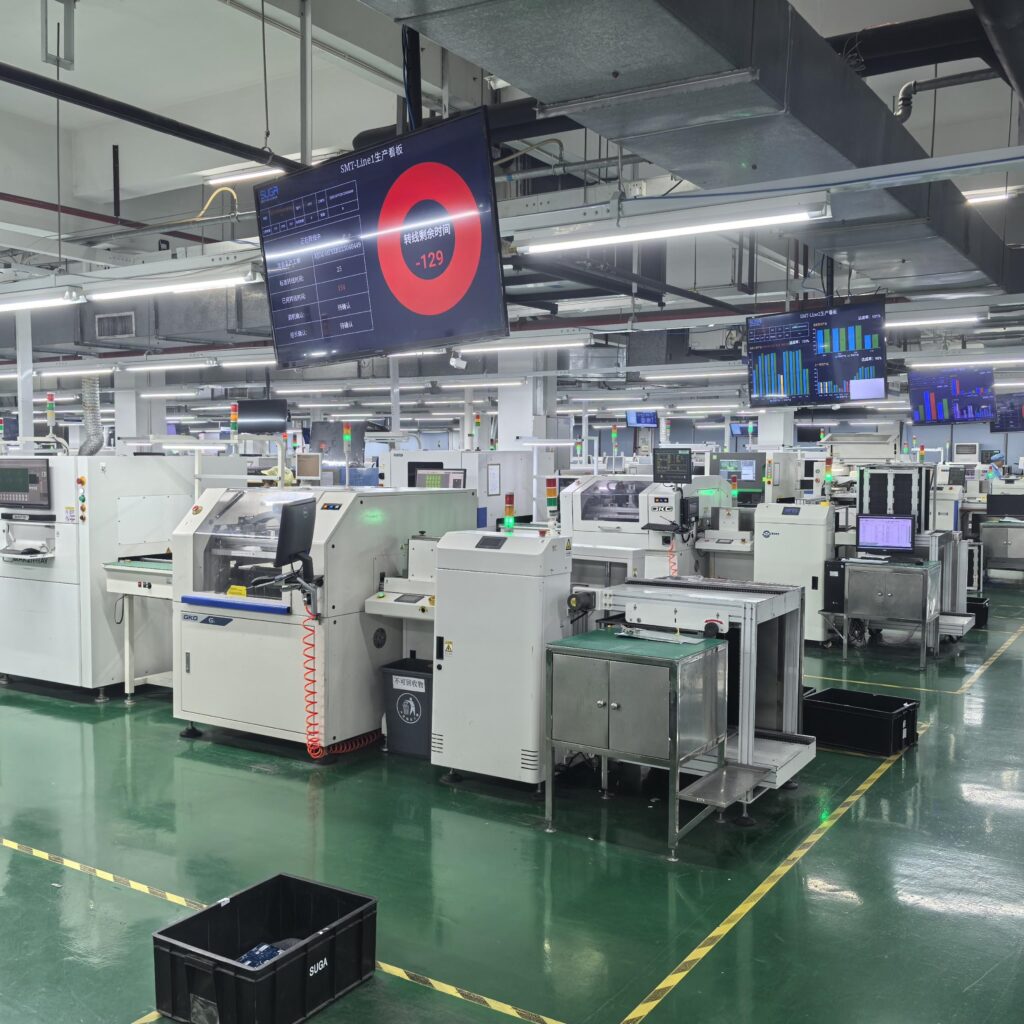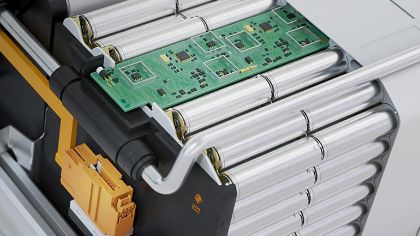What is a pcb assembley?
What is a pcb assembley?is a Printed Circuit Board assembly, is the core process of soldering and fixing electronic components onto a blank PCB substrate to form electronic components with specific electrical functions. It is also a key step in transforming electronic devices from design drawings to physical products.
The general steps of PCB assembly
A bare PCB substrate only has pre etched copper foil lines, like the “skeleton of electronic circuits”, and PCB assembly is to install “organs” – resistors, capacitors, chips, inductors, and other components on this “skeleton”.
The core process revolves around “precision”: firstly, through the “solder paste printing” process, the solder paste is evenly coate on the component pads of the PCB;
Then use a surface mount machine to “mount” the components to the corresponding positions with millimeter level accuracy; Subsequently, it enters the reflow soldering furnace and melts the solder paste through precise temperature control, permanently connecting the components to the PCB circuit;
Finally, through AOI optical inspection and other processes, issues such as virtual soldering and wrong parts are check to ensure assembly quality.
For some plug-in components, additional wave soldering technology is required to complete the soldering process, further covering the assembly requirements of different types of components.
What is a pcb assembley?–Wide application and importance
With the development of electronic devices towards’ miniaturization and high integration ‘, PCB assembly technology is also continuously upgrading, such as from traditional single panel assembly to double-sided board, multi-layer board assembly, and even flex PCB assembly technology, suitable for special scenarios such as wearable devices and foldable screen smartphones.
From the miniature motherboard of a smartwatch, to the in car control system of a car, to the core circuit board of a server, almost all electronic devices rely on PCB assembly to achieve their functions. Its accuracy and efficiency directly determine the performance stability and production cost of electronic products, and it is one of the fundamental processes supporting the development of modern electronics industry.


